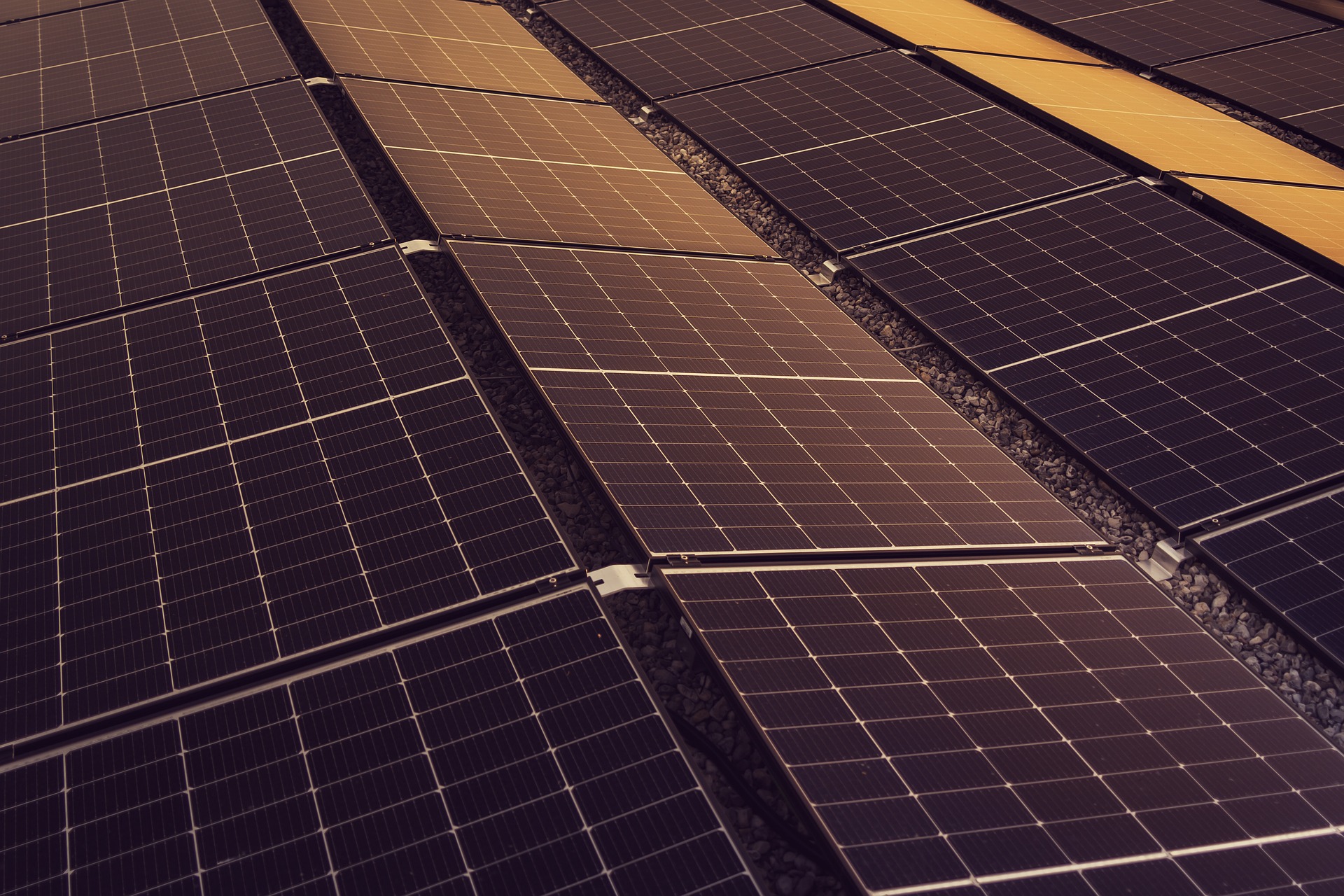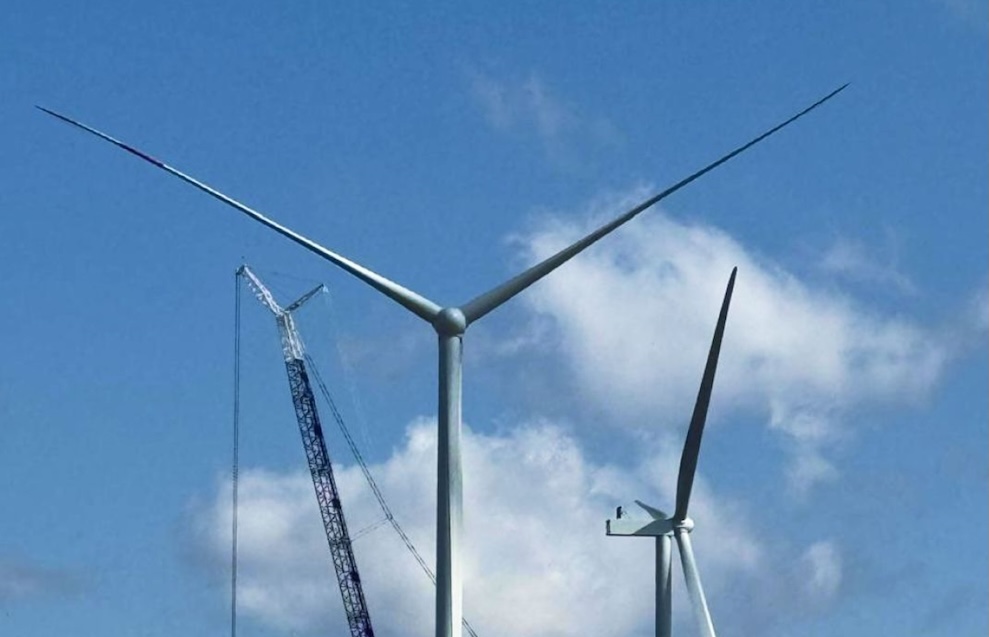South Africa’s state utility Eskom has launched a procurement to buy electricity from 291 MW of utility-scale solar PV under multi-year power purchase agreements (PPAs), marking another step in its shift toward cleaner generation and private-sector participation in new capacity. According to the tender notice, projects as small as 10 MW are eligible, bids will compete on price and terms, and the capacity will be commissioned in phases. Proposals are due on September 19, 2025, following an online clarification meeting on September 2. Eskom will consider PPA tenors of 5, 10, 15, 20, or 25 years.
The 291 MW procurement adds momentum to South Africa’s broader clean-energy buildout after several years of supply shortfalls. In July 2025, the government named six new preferred bidder solar projects totaling about 1.3 GW in Bid Window 7 of the national Renewable Energy Independent Power Producer Procurement Programme (REIPPPP). This shows that utility and government pipelines are finally moving in tandem again. Eskom’s tender creates an additional offtake route alongside REIPPPP, which could help accelerate grid-ready projects that can reach commercial operation sooner.
Key Tender Features at a Glance
- Volume: 291 MW of solar PV to be procured via PPAs, commissioned in phases.
- Project size: Minimum 10 MW per project.
- PPA term options: 5, 10, 15, 20 or 25 years.
- Timeline: Clarification meeting on September 2, 2025; submissions close September 19, 2025.
- Commercial approach: Competitive bidding with Eskom as offtaker; capacity rolled out in stages to align with grid availability.
Eskom has reserved the right to negotiate with preferred bidders if prices are not market-related. It has also reminded bidders that energy purchases must respect customers’ Notified Maximum Demand limits under their Electricity Supply Agreements, operational guardrails that reflect standard practice in South Africa’s regulated power market.
How It Fits into Eskom’s Transition
Eskom has publicly outlined its intention to pivot to mainly clean energy sources by 2040, while repowering and repurposing aging coal assets. The utility is also running an EPC tender for a 72 MW solar plant at Komati Power Station, a flagship site for coal-to-clean transition backed by multilateral finance. This underscores Eskom’s two-track strategy: building some assets itself while contracting Independent Power Producers (IPPs) via PPAs to bring quicker capacity to the grid.
Demand, Grid and Pipeline
After record additions in 2023, South Africa installed roughly 1.1 GW of solar in 2024. Policymakers have set targets to add at least 3 GW of renewables annually, rising to 5 GW per year by 2030. The Bid Window 7 decisions add more than 1.2–1.3 GW of new solar to the pipeline. Eskom’s 291 MW offtake tender may seem modest by comparison, but it is strategically meaningful: the utility can sign PPAs where grid capacity exists and diversify contract lengths to attract different investor profiles and financing structures.
Grid constraints remain an ever-present factor. Eskom’s most recent Generation Connection Capacity Assessment maps pockets of available transmission capacity and areas that remain constrained. Phased commissioning in the 291 MW tender suggests the offtake will be timed to match substations and corridors as they become available, a lesson learned from previous auction rounds that saw some projects stall due to grid-connection hurdles.
What Bidders Need to Know (and Watch)
Project sizing and siting. With a 10 MW minimum, the tender opens the door for medium-scale utility projects and clustered developments near existing substations. Developers should scrutinize available grid capacity data to ensure viable connection points and budget for any required grid-reinforcement works.
Tenor strategy. Offering 5–25 year PPA options lets sponsors tailor bids to financing appetites. Shorter tenors could appeal to balance-sheet players comfortable with merchant exposure after the PPA ends, while 15–25 year terms are more bankable for project-finance structures seeking lower tariffs through longer amortization.
Pricing discipline. Eskom’s ability to negotiate if bids exceed market levels places a premium on tariff competitiveness and credible cost assumptions, especially important as the global utility-scale PV market remains volatile.
Schedule realism. With clarifications on September 2 and a September 19 submission deadline, developers have a tight window to finalize grid letters, land rights, and environmental compliance pathways. The phased-commissioning clause offers flexibility, but bid timelines should still reflect realistic procurement and construction lead times.
Implications for South Africa’s Power System
If fully contracted and built, 291 MW of new PPA-backed solar will not, by itself, end supply deficits. However, it will add firmed daytime energy that can displace diesel speakers and reduce the risk of load-shedding when combined with storage and demand-side measures. It also broadens the circle of active IPPs beyond national auction rounds, improving competition and geographic spread of new assets.
Also read: Official commissioning imminent for Ethiopia’s Grand Renaissance Dam (GERD)
Together with Bid Window 7 and utility-owned projects like Komati’s 72 MW, the tender signals a policy environment that is progressively allowing multiple procurement channels to run in parallel.
The Bigger Picture
Across Africa, operational solar capacity recently surpassed 20 GWp, with South Africa accounting for nearly half of that total. This reflects the country’s maturing project ecosystem and growing corporate PPA market. A steady cadence of utility tenders like Eskom’s, paired with grid investment, will be essential to sustain this leadership and to meet South Africa’s stated ambition of 3–5 GW per year of new renewables through the decade.















